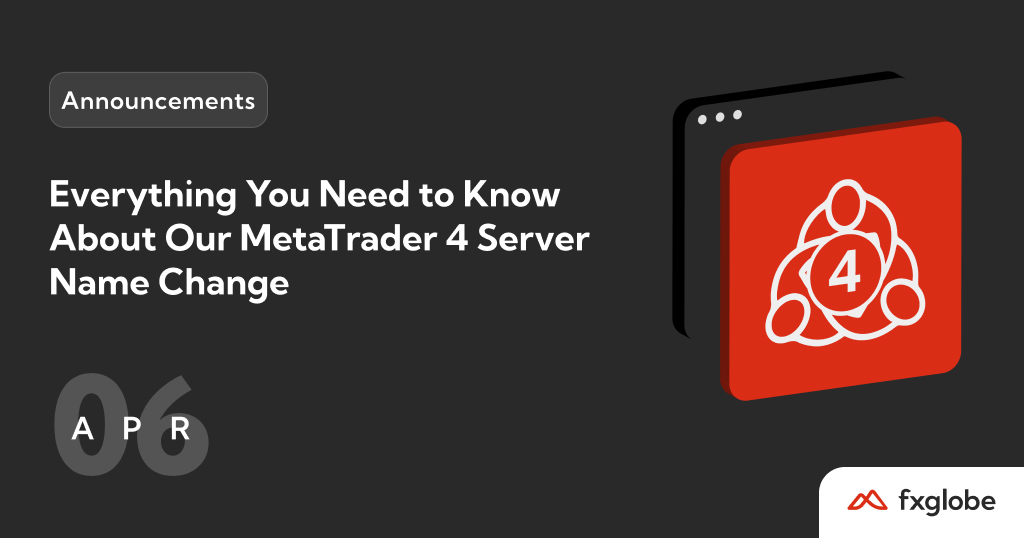Hi traders!
When it comes to trading commodities like Crude Oil and precious metals, an understanding of seasonal patterns can offer invaluable insight. Seasonality is a well-established phenomenon across various markets, but it particularly shines in commodities where physical demand and supply fluctuate throughout the year.
Crude Oil
For crude oil, seasonality is primarily driven by variations in demand. Oil usage tends to increase in the Northern Hemisphere’s winter months (December through February) due to heating demands, and again in summer (June through August) when travel activity increases. Data from the U.S. Energy Information Administration shows that over the past decade, crude oil prices have generally been highest in the months of September and October. While no strategy is foolproof, understanding these trends can certainly give a trader a potential edge.
Gold & Silver
The seasonality of Gold and Silver is less clear-cut, with multiple influencing factors. The Indian wedding season, for example, which typically starts in October and lasts until December, sees a spike in Gold demand due to the cultural significance of the metal in matrimonial ceremonies. Similarly, data from the World Gold Council shows that Gold often performs well in January, likely due to Chinese New Year celebrations which also involve the gifting of gold.
Silver’s price movements have often mirrored those of gold. However, unlike Gold, Silver also has considerable industrial use, and its price can be influenced by the health of the global economy.
Seasonal patterns are not certainties, but rather statistical tendencies that occur over time. They should be used in conjunction with other forms of analysis, like technical and fundamental analysis, to make well-rounded trading decisions. Understanding these trends adds another tool to a trader’s arsenal and aids in crafting a more informed trading strategy.
Remember, knowledge is power – and in trading, it could mean the difference between profit and loss.
Happy Trading!











